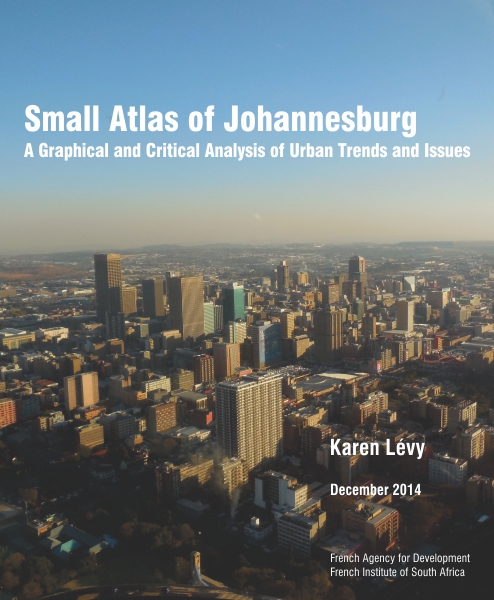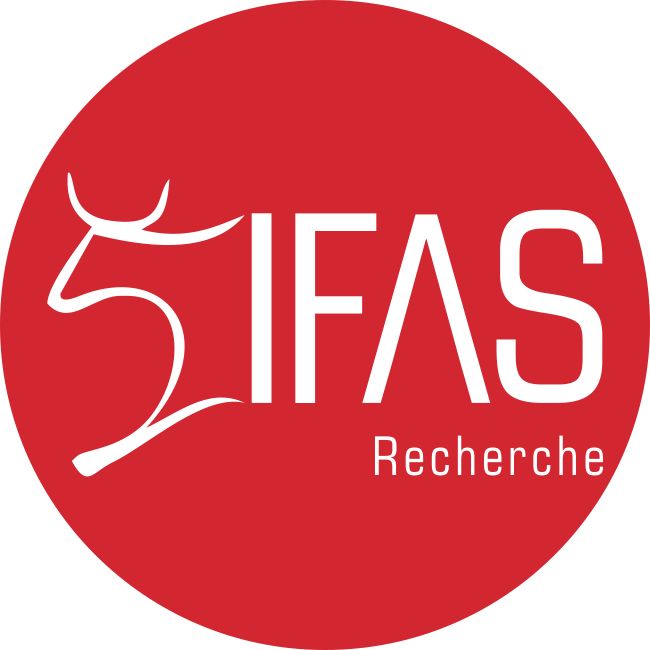Small Atlas of Johannesburg
A Graphical and Critical Analysis of Urban Trends and Issues
 Karen Lévy, 2014, Johannesburg, Agence Française de Développement (AFD) & Institut Français d’Afrique du Sud (IFAS), 79p.
Karen Lévy, 2014, Johannesburg, Agence Française de Développement (AFD) & Institut Français d’Afrique du Sud (IFAS), 79p.
This ‘urban atlas’ has been developed within the framework of a research project on the city of Johannesburg, conducted jointly by the Urban Resilience Research Project1 at the University of the Witwatersrand, the Urban Morphology and Complex Systems Institute and the French Agency for Development.
After two decades of significant change, Johannesburg has been expanding and undergoing deep restructuring. Today, the city is going through an unprecedented development phase, initiated by new territorial dynamics resulting from urban policies, resident practices and market trends.
While Johannesburg aims to become a “World Class African City”, as a part of managing its growth it is essential to offer an accurate image of its strengths and weaknesses.
The issue of urban resilience has become central to the discourse on cities and calls for light to be shed on the evolutions that have shaped and continue to shape the city of Johannesburg.
In this light, we focus on major urban phenomena including:
- The spatial evolution of the city where densification is not always synonymous with urbanity;
- Increasing spatial differentiations according to population and housing;
- Increasingly fragmented and extensive spatial structuring.
- In this publication, special attention has been given to the compilation of former and recent data. These data, depending on objective geographic elements, show how “various cities” exist within the city.
Overcoming the limitations of the data was the main difficulty. Urban evolutions are rapid, but existing data are difficult to access and are often out of date or localised, as part of unsuitable divisions. Various comments have been written to shed light on the maps and facilitate their reading. The objective of this work is to create a coherent set of maps so as to offer a homogeneous vision of the city and urbanisation processes underlining it.
